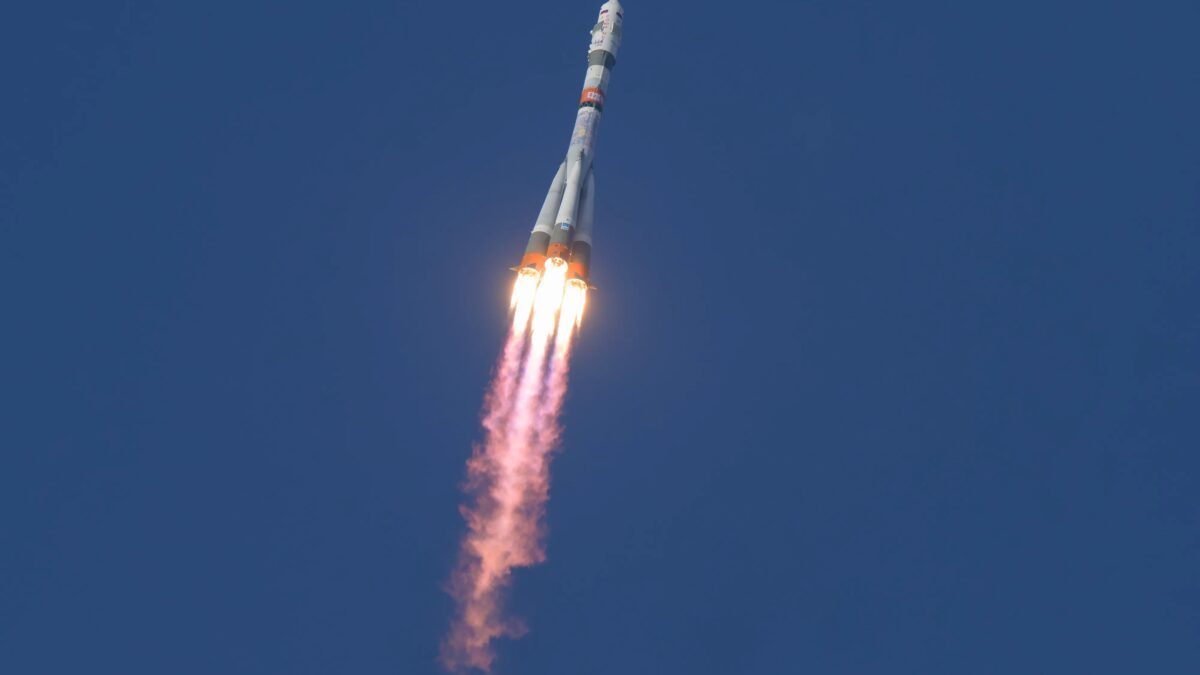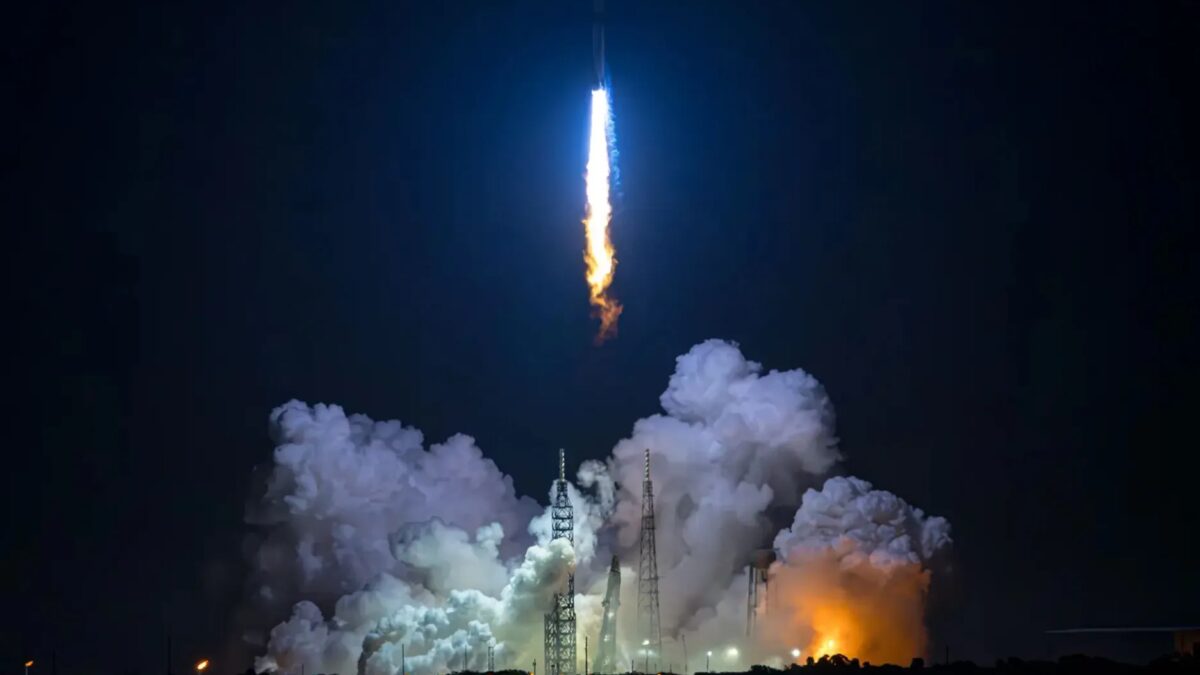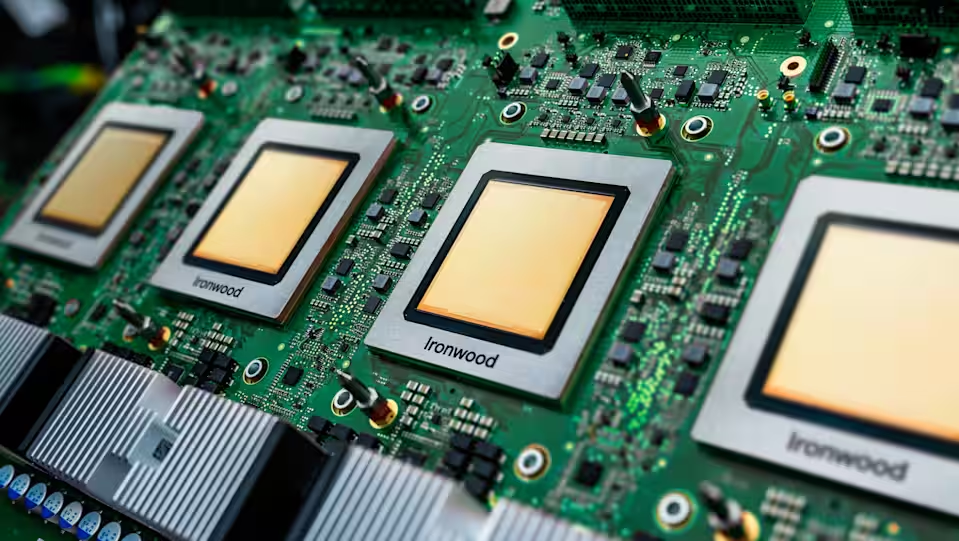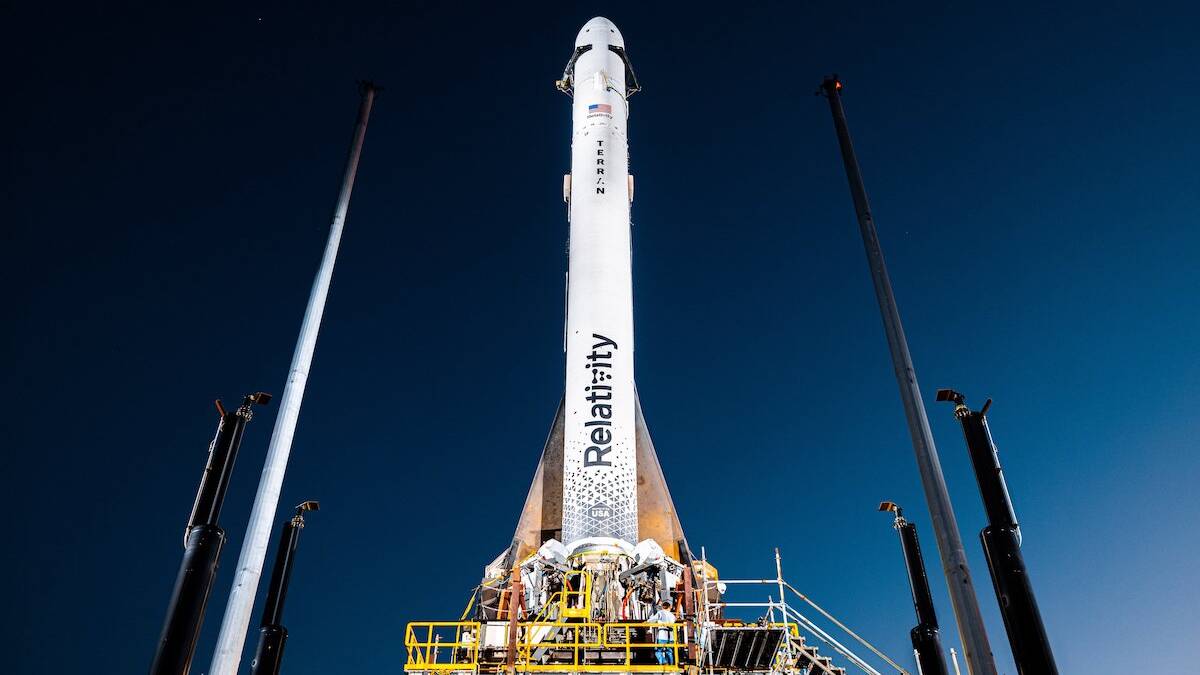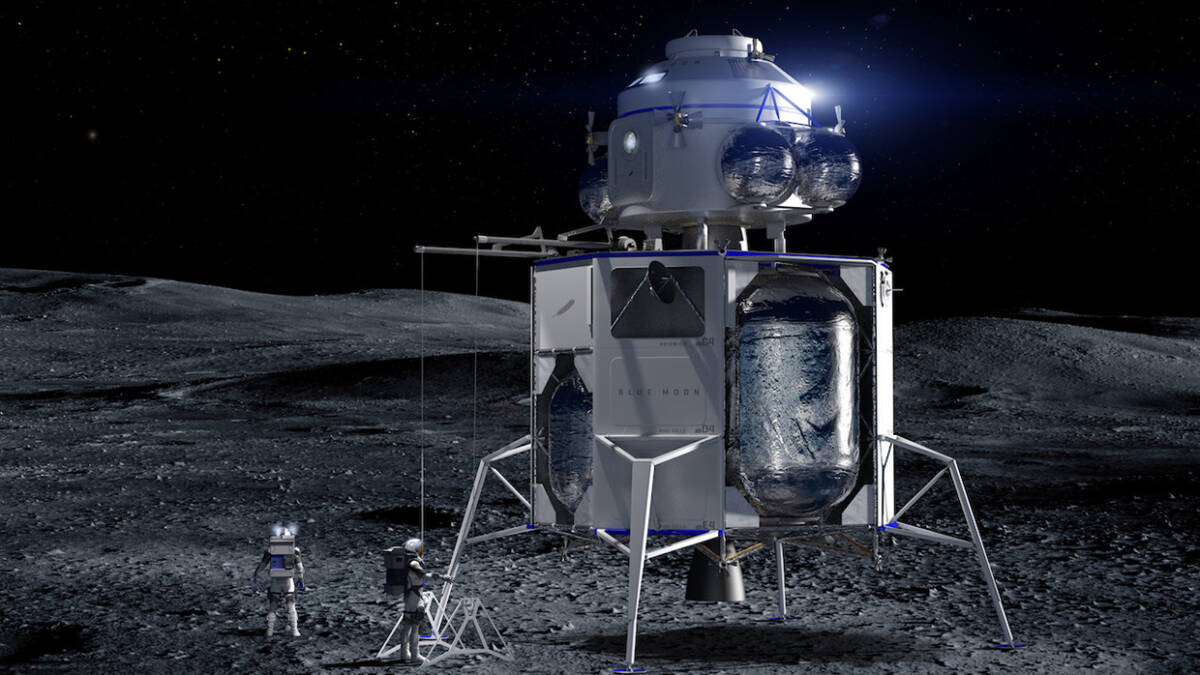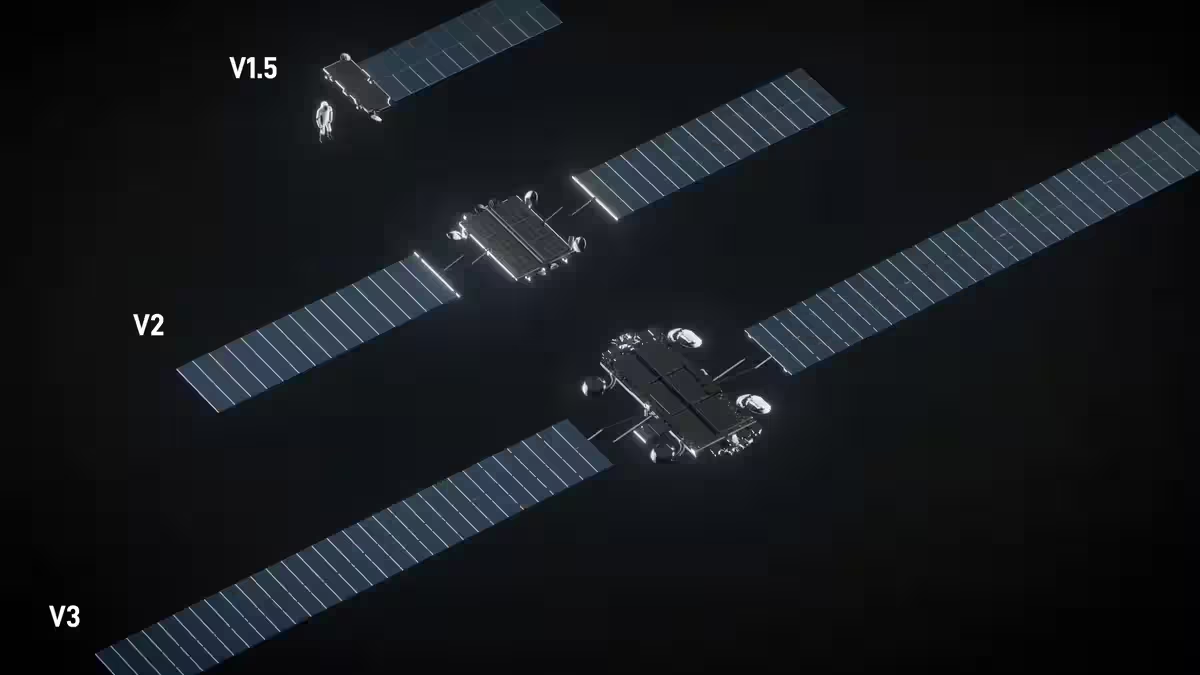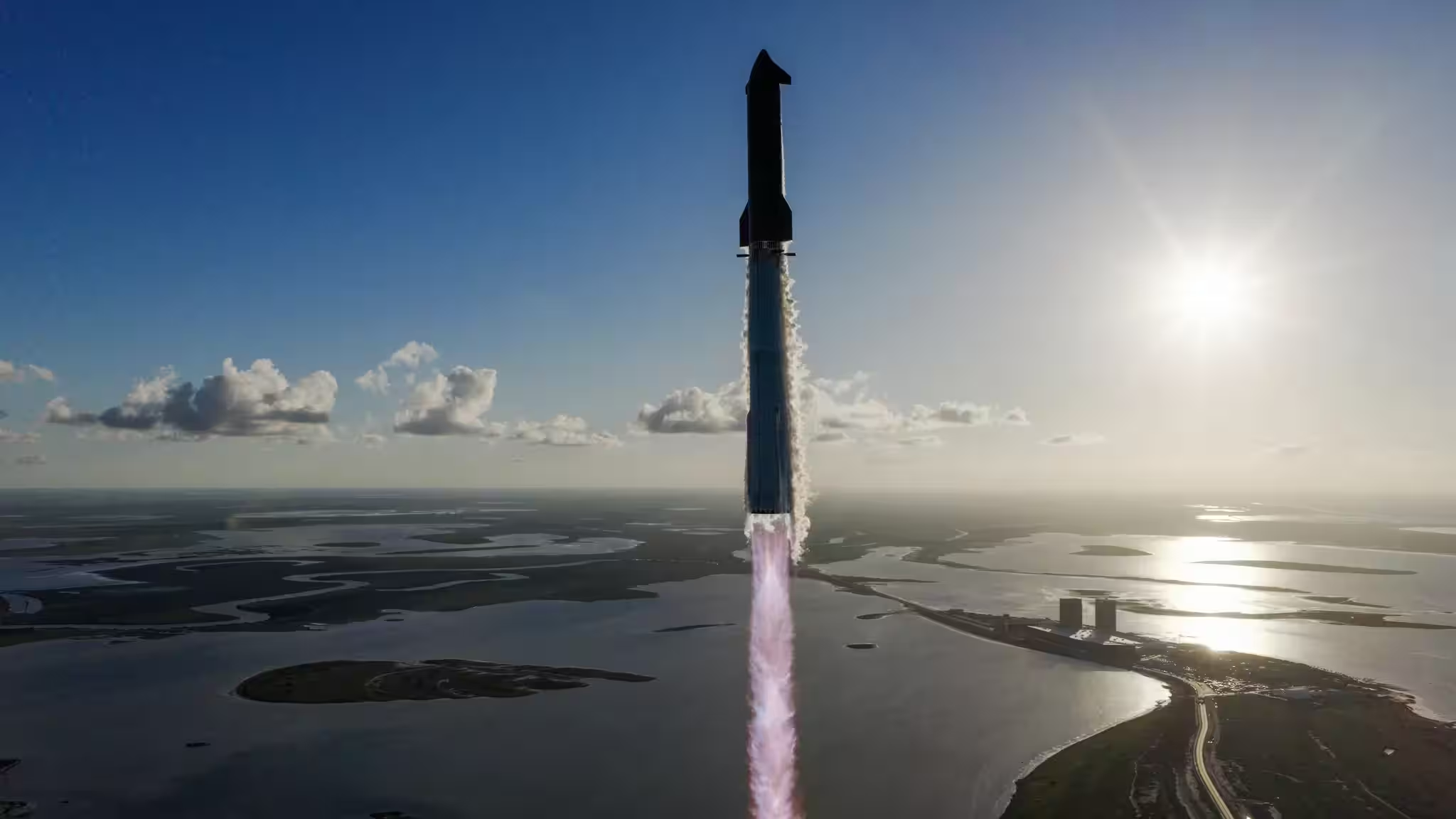SpaceX prepares to re-launch Super Heavy booster
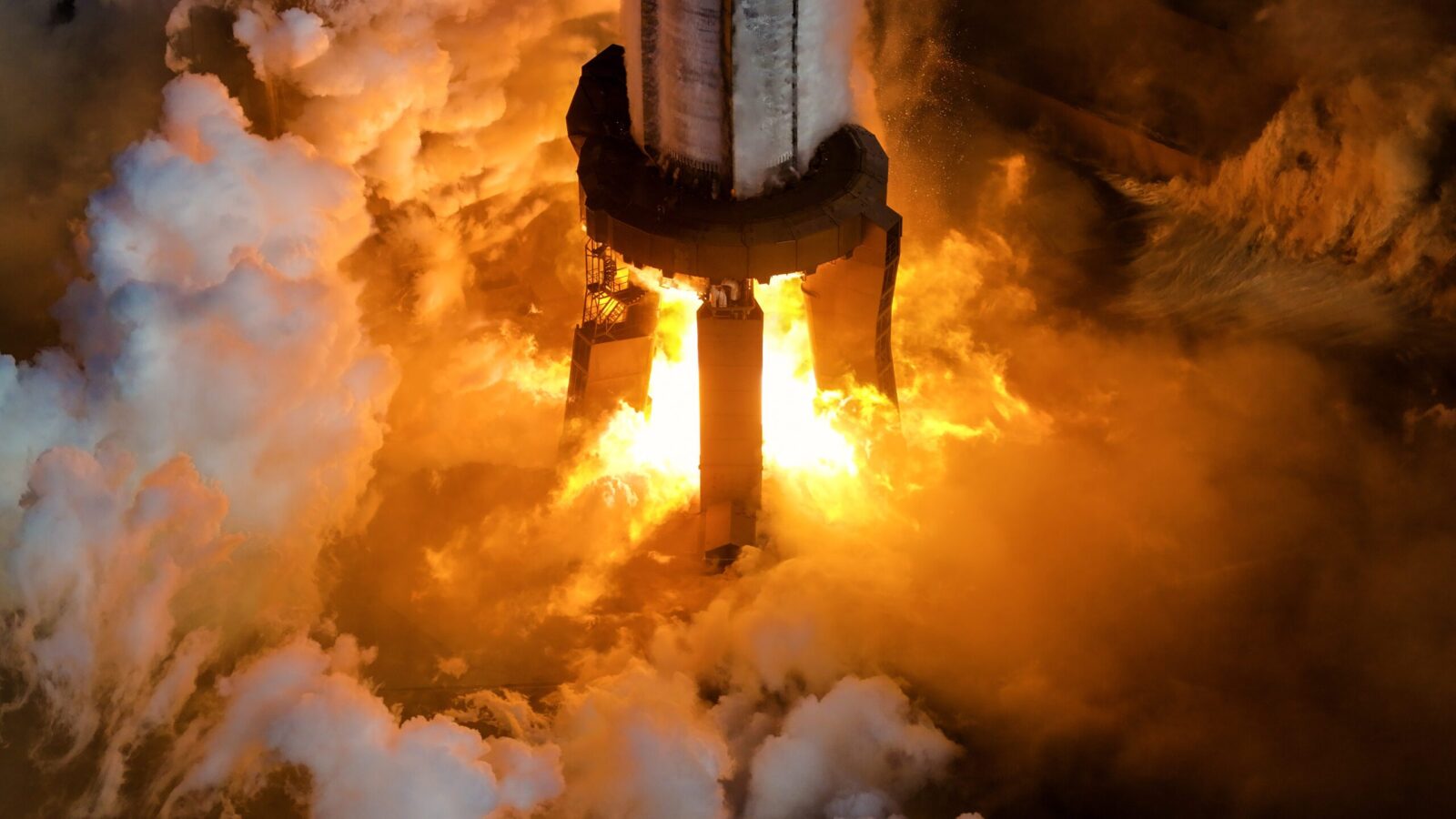
SpaceX has for the first time prepared for flight a Super Heavy booster that has already been to space. The milestone marks progress in the company’s quest to lower the cost of launches. The booster, numbered B14, participated in Starship’s seventh test flight on Jan. 16, 2025, after which it successfully landed using the giant Mechazilla tower. On April 3, SpaceX conducted a static fire test, confirming the performance of 29 of the 33 Raptor engines that have already had flight experience. A date for the ninth launch has not yet been announced, but it will be the first Super Heavy reuse in history.
Starship’s upper stage continues to fail
On its seventh flight, its engines shut down early, causing it to crash over the Caribbean. On the eighth flight on March 6, the stage lost control and broke apart minutes after liftoff. Both times it was supposed to make a soft landing off the coast of Australia, but failed. Unlike the boosters, which Mechazilla catches three out of four times, the upper stage has yet to return in one piece.
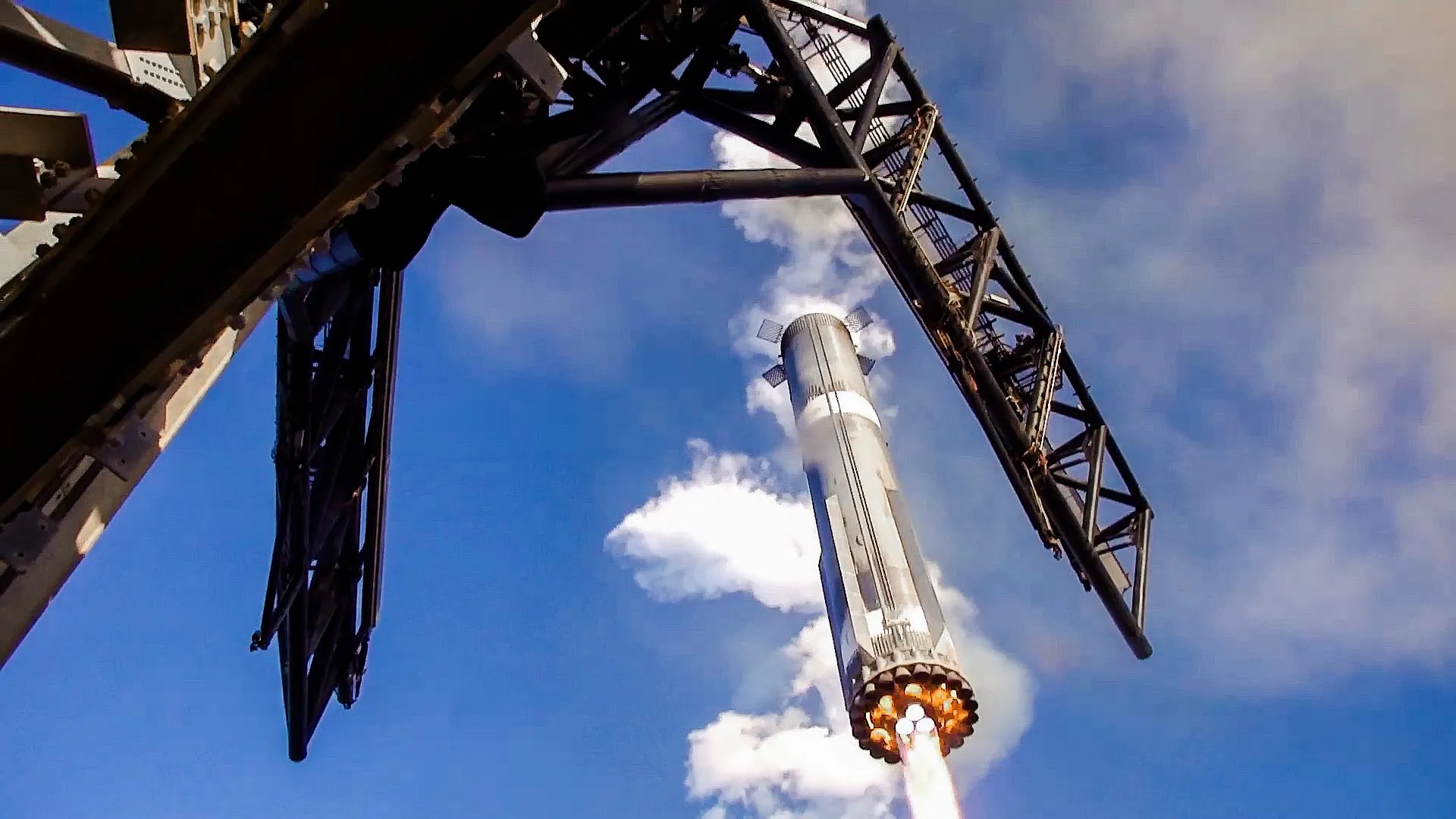
Why is this important?
The full reusability of Starship is key to missions to the Moon, Mars and deployment of satellite constellations. The success of the Super Heavy brings closer to an era when boosters will be used as often as the Falcon 9. However, problems with Ship remind us that the road to reliability still has a long way to go. Engineers have yet to refine the upper stage so that it can not only land, but also be captured by Mechazilla.

The next Starship launch will be a test not just for the B14, but for the entire concept of reusable space systems. Success could reshape the future of space, making frequent and low-cost launches a reality.

